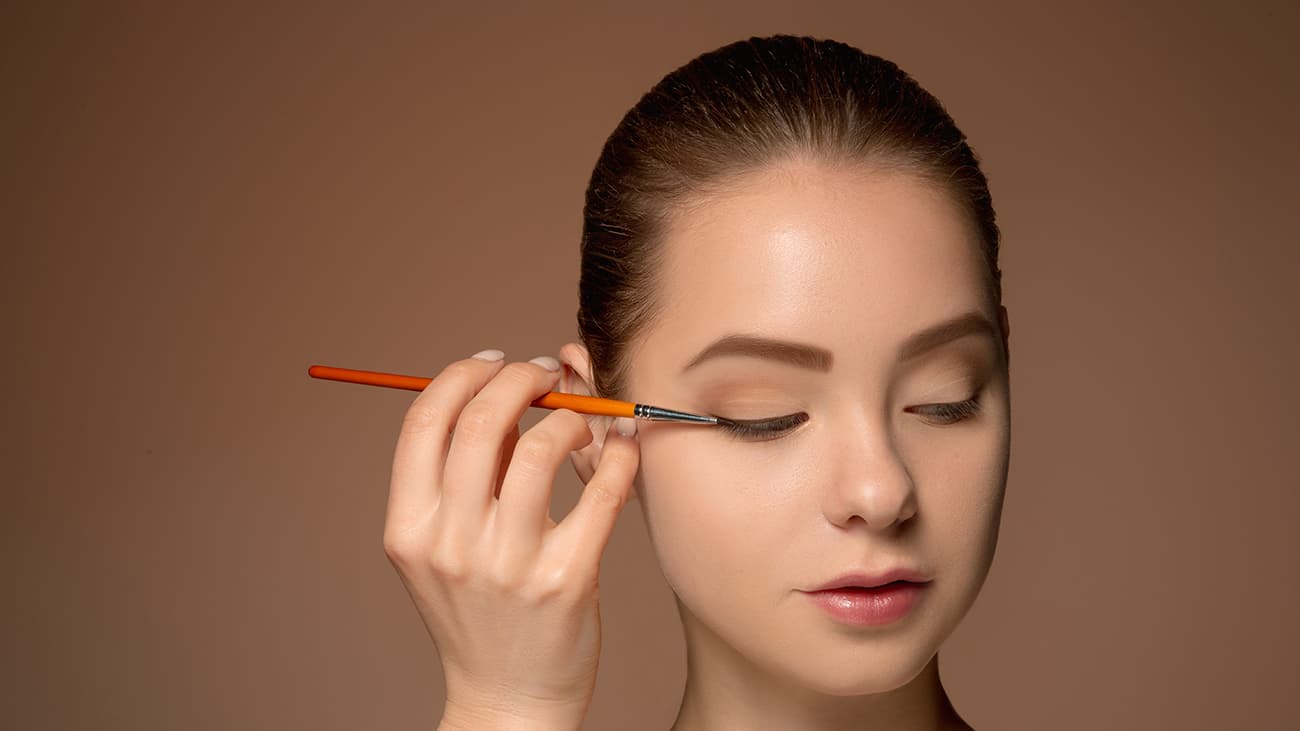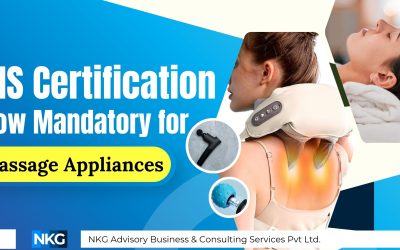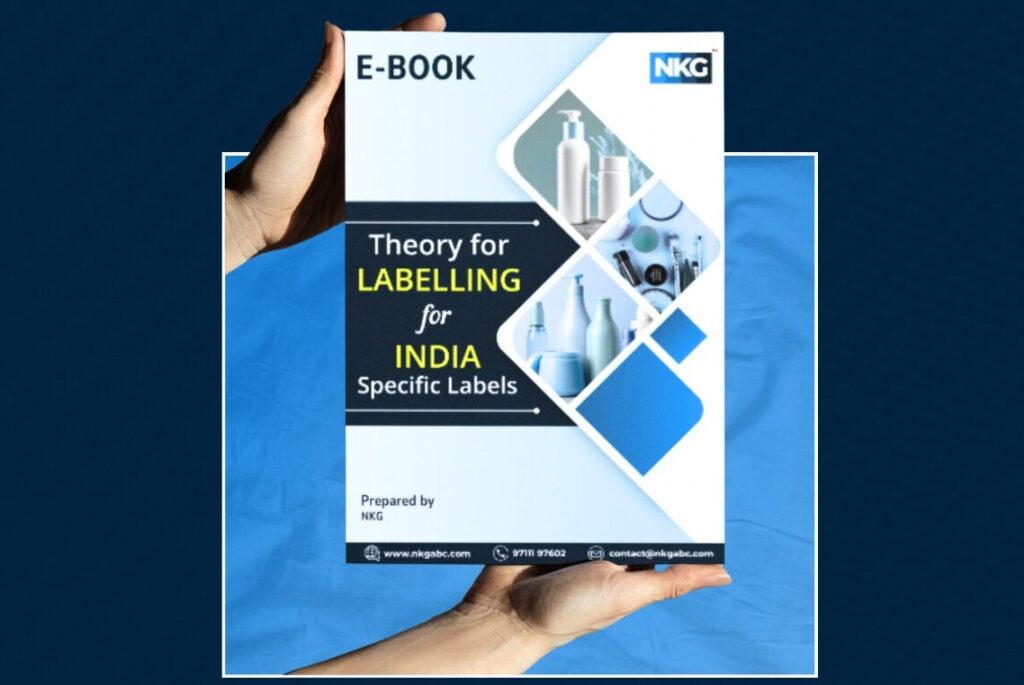1. Overview of CDSCO
The Central Drugs Standard Control Organization (CDSCO) in India is the regulatory body in charge of regulating cosmetics and medical devices on the Indian market. Its main goals are the safety and effectiveness of these products sold in India. CDSCO is dedicated to ensuring that medical devices and cosmetics are safe, providing the intended population with significant advantages. CDSCO abides by the Rules of 1945 and the Drug and Cosmetic Act of 1940 to regulate cosmetics in India. These regulations provide the framework for manufacturers and importers looking to enter the cosmetics market in India. Every step of the process, including the production, importation, storage, labeling, transportation, and marketing of cosmetics to Indian consumers, must adhere to these regulations.
- Registration: Manufacturers or importers must register their cosmetic products with CDSCO.
- Safety Assessment
- Good Manufacturing Practices (GMP)
- Labeling Requirements
- Advertising Regulations
- Post-Market Surveillance
2. What are cosmetics
As per the Drugs and Cosmetics Act of 1940, Cosmetics is ” any article that can be rubbed, poured, sprinkled, sprayed, applied or introduced to any part of the human body to increase the beauty, appearance or attractiveness or any part that consumers can use in cosmetics.
3. What is eyeliner
In order to highlight and draw attention to the eyes, eyeliners are cosmetics that add color to the area around the eyes. Eyeliners are used to draw attention to the eyelids and/or alter how the eyes are perceived. They have unique ingredients that precisely and carefully apply color where it is required. The products’ unique formulation prevents the growth and multiplication of potentially harmful microorganisms. The choice of secure and appropriate ingredients for this use establishes the safety of eyeliners. Eyeliners are also evaluated for their potential to irritate skin or trigger allergic reactions. Product safety is also established by strictly upholding the principles of quality assurance and good manufacturing practices.
4. Types of eyeliner
Liquid eyeliner: A small sharp-tipped brush is typically used to apply liquid eyeliner, which is an opaque liquid that typically comes in a small bottle. It produces a clear, accurate line. The sharpest, winged eyeliner can be made using this kind of eyeliner. Since liquid eyeliner looks much heavier, it is frequently only used on the upper lash line.
Powder-based eyeliner: Eyeliner in a wood pencil form is a powder-based eye pencil. It typically comes in dark, matted colors.
Wax-based eyeliner: Eye pencils with wax bases are softer and contain waxes that simplify application. They come in a wide range of vibrant hues in addition to paler tones like white or beige. Additionally, wax-based eyeliners can be found in a one or compact form with a brush tip. These are the least expensive and most common types of eyeliner.
Gel eyeliner: Gel eyeliner is a softer gel liner that is simple to use with an eyeliner brush to apply. It is considerably softer than Kohl’s and can be applied precisely.
Cake eyeliner: When applied with a brush, cake eyeliner remains dry until it is sprayed with setting spray or water. Cake eyeliners come in various colors and sheens and are frequently used to create graphic eyeliner looks.
Shimmer Eyeliner: Apply shimmer liner, which comes in a variety of vivid colors, to both the upper and lower eyelids.
5. Class of makeup
Unlike medical devices, CDSCO does not classify cosmetics into different classes based on the risks involved. While cosmetics are categorized as per the category list given by the authority depending upon their intended use which CDSCO gives for makeup products:
- Foundation
- Concealer
- Other face makeup products
- Mascara
- Eye shadow
- Eye pencil
- Eyeliner
- Other eye makeup products
- Lipstick
- Lipstick sealer
- Other lip makeup products
- Body or face paint, including “carnival makeup.”
- Other makeup products
6. Forms required
Application Form | Approval Form | Fees | Licensing authority | Validity | Penalty |
Form Cos -1: Application to import cosmetics. | Form Cos- 2: Permission to import cosmetics. | $1000 for each category+ $50 for each variant + $500 for each manufacturing site
| CDSCO
| Five years
| Under section 10 A, a person can get imprisonment for three years, a five thousand fine, or both.
|
Form Cos– 5: Application to manufacture cosmetics. | Form Cos– 8: Permission to manufacture cosmetics. | Rs. 10,000/- (Ten items of each category are free) | Five years
|
| A person can get imprisonment for one year, a one thousand fine, or both, which can be extended to 2 years imprisonment and a fine up to INR 2000. |
Form Cos– 6: Loan license application to manufacture cosmetics. | Form Cos– 9: Permission for loan license to manufacture cosmetics. | Rs. 2500 and Rs. 1000 inspection fees for each inspection. | Five years
|
| NA
|
7. Documents for the cosmetics business
To manufacture | To import |
Form Cos –5; | List of documents required for Import registration in COS-2: |
Adhar card number with valid mobile number (mandatory) | Document required from the overseas manufacturer: Legal documents (which need to be attested): · First Schedule · Frees Sale certificate. · GMP certificate of an actual manufacturing site – Technical Documents (on manufacturer’s letterhead with a sign and stamp): · Product Specification/COA · Ingredients List · Testing Method · Heavy Metal declaration · Non-animal testing declaration |
Fees challan; Cover letter | Documents from Authorised Agent: · Cover Letter · Second Schedule
The applicant must provide the translated version if any documents are in a foreign language. |
Ownership of the cosmetics brand. |
After getting the registration certificate, · If there are any changes in labeling or composition or testing, specification, or documentation of any of the cosmetics pertaining to this Registration Certificate, etc., then it needs to be informed to CLA within 30 days of such changes. · And if there is any Change in Name or address of the Authorized Agent or Legal manufacturer without constitutional change, then it needs to be informed to CLA within 60 days of such changes. |
Documents of the firm constitution, such as the article of association | An affidavit shall be present if there is no provision for a manufacturing license for cosmetics in a country. |
Declaration of partners and the list with the names of Directors, Partners, and Trustees with their complete addresses | For those cosmetics products imported for R & D purpose registration certificate is not required. |
Power of Attorney on behalf of the company to authorized agents to submit applications | Fresh/ New registration cases: · Any change in the constitution of a Licensee. · In case of acquisition or merger of the company with any other company. · Change in share capital or Board of Directors. · Proprietorship to a partnership, including Limited Liability Partnership or vice versa. · Conversion from a private to a public company or from a public to a private company |
Approved layout plan for manufacturing site with the section-wise layout of the site and machines. | No fresh/new registration cases: · Testing Method change. · Composition change · Updates in packs and labels · Minor manufacturing changes not affecting the final product. · Change in Name or address of Authorized agent or Legal manufacturer without constitutional change.
v A fresh registration certificate has been taken from the CLA within 180 days of such change. |
Possession of documents such as ownership. Registry, lease, rent papers. |
|
Master file of the site. |
|
List of the plant according to a section of machinery and safety equipment |
|
Technical staff’s full particulars. |
|
Declaration of manufacturing analytical chemist |
|
List of cosmetic products with their composition formula and manner of labelling. |
|
Manufacturing process details, flow chart of the process. |
|
Details of the water system with water testing report. |
|
Registration from the district industries center. |
|
Permission from state pollution control for manufacturing site |
|
NOC from the fire safety office |
|
Approval from the government for testing. |
|
8. Steps to register cosmetics in India
Step 1 : Determine if the products fall under cosmetic category from the list available in Drug and Cosmetic Act 1940 and Rules 1945
Step 2 : Fill the application based on the role – manufacturer or importer
Step 3 : Submit the documents based on the role -manufacturer or importer.
Step 4 : Licensing authority will scrutinize the documents
Step 5 : Licensing authority satisfied with the documents.
Step 6 : Grant of permission for manufacturing or import based on the application submitted.
Step 7 :Market the cosmetic product in India.
.
Conclusion: Eye makeup is divided into products for women and those designed specifically for men. covers all eyeshadow, eyeliner, mascara, eye gloss, and brow products. With sales of INR 13,451.90 Million in 2020, the Indian eye makeup market experienced a positive compound annual growth rate (CAGR) of 10.54% from 2015 to 2020. The CDSCO ensures that eyeliner before reaching the targeted audience is fit to use and does not cause any health problems. Thus, if you are an eyeliner importer is advised to be through with the documents and registration process to avoid delay in marketing your product.
Simplified CDSCO Licensing: Your Step-by-Step Guide - Download Now
Download our simplified step-by-step guide to understand the CDSCO licensing process. Streamline your licensing journey and ensure compliance with ease.







